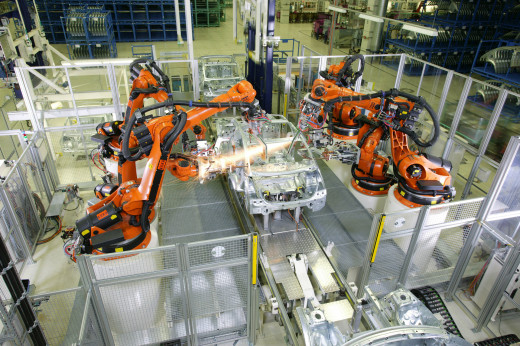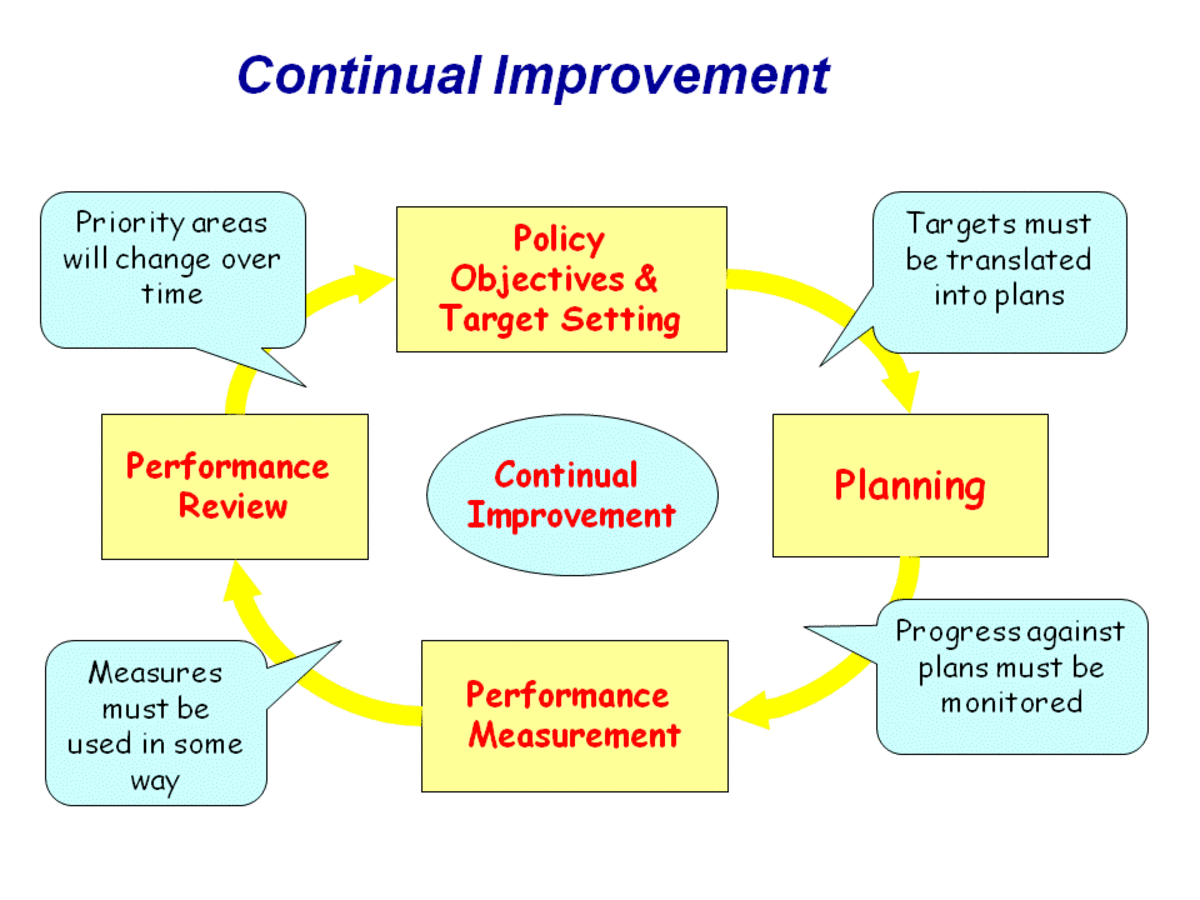Poka Yoke: How to Standardize the Mistake-Proofing Process

As in any lean manufacturing process, standardization is the key to improvement. Poka-Yoke is no different and it is good practice to ensure that the process is repeatable. Learn how to standardize the mistake-proofing process and get consistent results every time.
Poka-yoke is a lean manufacturing tool that helps prevent avoidable mistakes from taking place. The process of mistake-proofing should be on-going and repeatable – not a one-off event based on guesswork.
Poka-yoke, like any other lean tool, requires standardization to enable continuous improvement. When the process mistake-proofing is standardize, there is a higher success rate. The continuous improvement of this process is the key to this success.
Does your organization work with Cross-Functional Teams?
Why Standardize Poka-Yoke?
Maasaki Imai, the great Kaizen guru, said that "there can never be any Kaizen if there are no standards". Indeed, standards are the key to the success of any continuous improvement activity. This is because they act as the necessary reference point for further improvement.
The mistake-proofing process should be standard like any other process. It should become a part of the complete body of standards within an organization.
In this article we discuss how to standardize the mistake-proofing process. It serves as a work instruction for standardization that should undergo improvement from time to time.
Poka-Yoke Standardization Process
The procedure used for standardization of any process is the same. This applies to mistake-proofing as it does to all other improvement processes.
Role of Cross Functional Teams (CFTs) Mistake Proofing
Before starting, there should be a cross-functional team in place that meets whenever there is a problem.
This team determines any course of action needed for prevention of recurrence of problems. It does this by going through the standard problem-solving procedures such as root-cause analysis. Other relevant tools are also used during this process depending on their appropriateness.
Using cross-functional teams for standardization has several advantages. First, they bring in a fresh perspective to the problem because they see things in a different way.
Cross-functional teams consist of people who are not involved in the process on a daily basis. This means that they are less interested in defending the current way of doing things. They provide suggestions based on the workability and not on defending a point of view.
Working with such teams often results in implementation of solutions that are effective. The solutions work across the whole organization and not just a small part of it.
Process Identification & Selection
The process begins with cross-functional teams choosing a process that needs mistake-proofing. This choice is in most cases based on the number of avoidable mistakes reported by the shop floor.
Selecting which process to start with also involves looking at the non-conformance trends. If there are many incidents of poor adherence to standards, that indicates a need for improvement.
There are many sources of performance data including customer complaints. When there are many customer complaints, this is a sure sign that there are internal problems that need solving.
The teams analyse the situation based on data on the severity, likelihood of occurrence and ease of detection of an error. This analyses help in preventing the transfer of defects across value streams to the final customer.
The team will than assign an RPN, or Risk Priority Number to each problem rank all the issues according to its potential risk. Problems with a high RPN need immediate attention from the team as they present the greatest opportunity.
Qualities of an Effective Poka-Yoke
Once the team selects a process for mistake-proofing, it sets out to find out how to make it error-proof. The kind of solution that the team selects must meet a few basic requirements for it to be effective and efficient:
- Affordability - only use available resources and avoid capital investments. The point here is that it is better to use wisdom and knowledge than money.
- Common sense - think of simple solutions based on the experiences and observations of the workers. The operators have an intimate understanding of the process and can give valuable feedback. Solutions arrived at using such feedback will receive wider acceptance across the organization.
- Permanent - solutions must be able to address a problem in a permanent manner. All processes must feel the positive impact of the solution, not just one part of the value stream.
There are two distinct types of poka-yoke, each of which have different implementation approaches.
Occurrence Poka-Yoke
As the name suggests, an incident must occur for it to trigger the need for poka yoke. The procedure involves classifying the incidents using different criteria:
If during the process of adding value, an important action that is necessary for the proper completion is missing.
Actions that are not in conformity to the established standards and customer specifications. This results in in poor quality and customer satisfaction.
Lack of proper standards and training on those standards. Operators will then use a process the wrong way resulting in poor quality.
Complex standards make it difficult for operators to understand the requirements.
You then develop the appropriate techniques and make them a part of the system by giving the system the capacity to check itself.
The devices must prevent errors occurring through the use of correct methods. These include methods such as proper sequencing of process steps and use of alarms.
Detection Poka-Yoke
Detection precedes prevention and the system must be able to do so all the time using any one of the following techniques:
The system must check itself without human intervention through means such as autonomation
Inspection must also be independent of operator control and should be thorough
- Determine all the necessary condition for quality before moving to the next process. This guarantees that quality moves to the next stage in the value creation chain
- On detection of an error , it should be immediately displayed to the people using the process in a visual manner
- Supplying full kits of raw materials to a process to provide visual cues if there is any excess or shortage of parts
- Using electronic sensors that will report the presence of errors in a clear and visual manner such as using lights and alarms
- Color-coding of parts
- Contact devices which break the process when there is an error
- It is all too well to develop Poka yoke processes. But without constant monitoring, the solutions are bound to become ineffective after some time.
The cross-functional teams should meet often to review the effectiveness of the mistake-proofing devices. They should then adjust them to maintain their usefulness.
Other articles related to poka-yoke:
- Mistake-proofing examples in various industries
- Poka yoke in medical institutions
- Error-proofing as a defect prevention device





